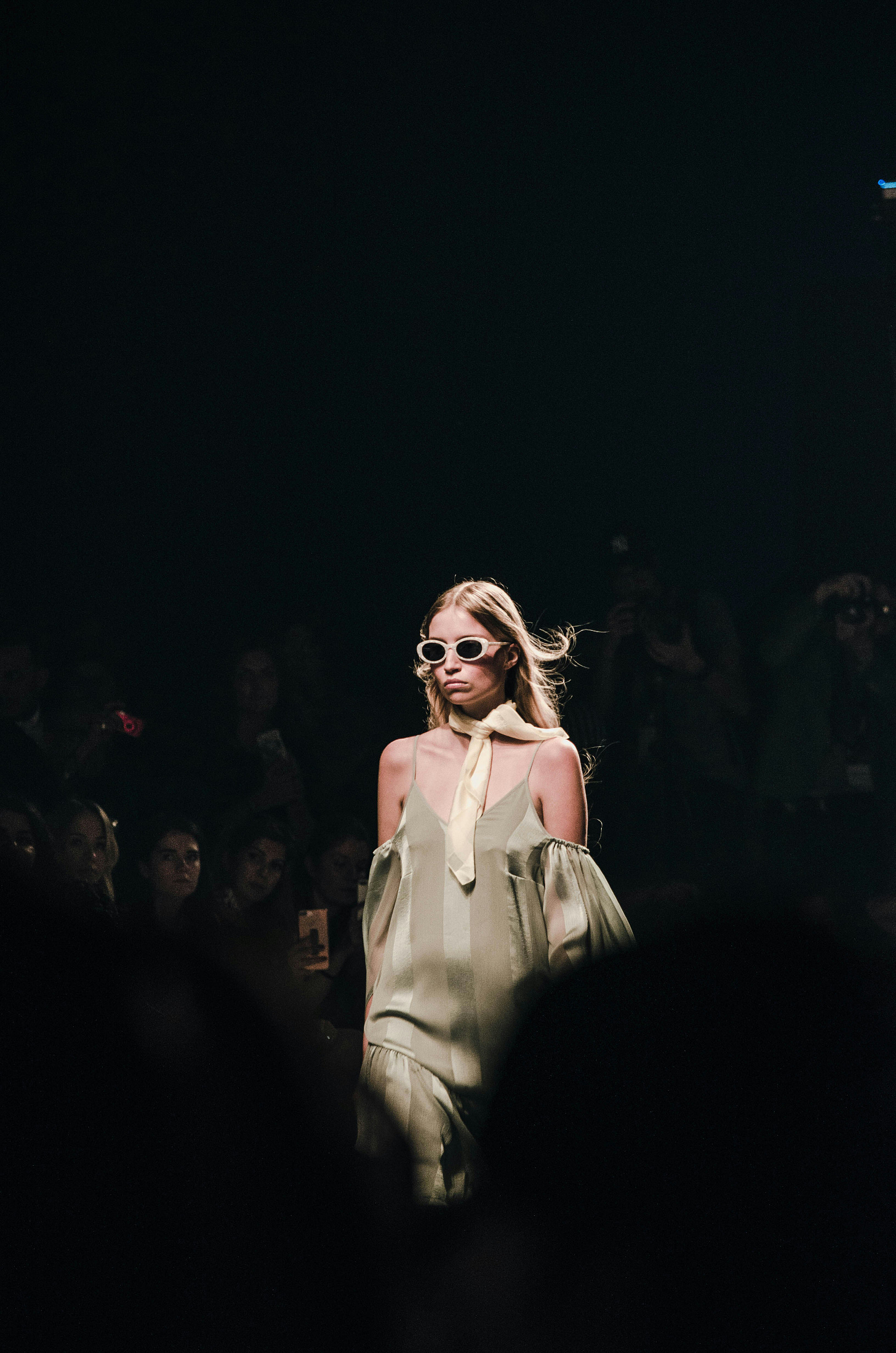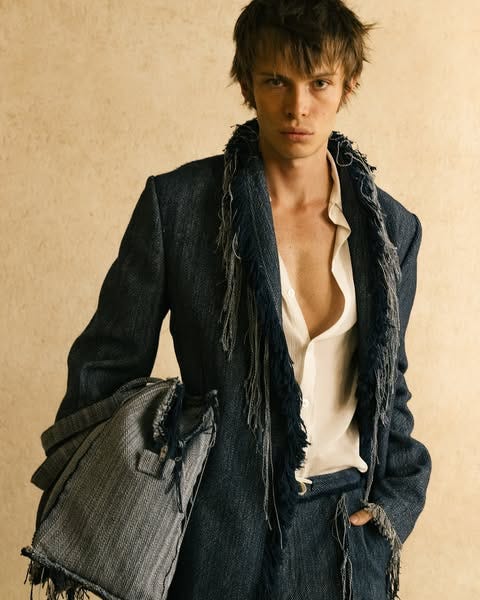From Catwalk to Commerce
Share
Mexico’s fashion landscape is a fragmented one. After all, such a culturally diverse country was bound to create a flourishing environment of ambitious designers, entrenched power structures, and proliferating platforms — from the longstanding Volvo Fashion Week (Fashion Week México) to wholesale Intermoda, SAPICA and events like Fashion Days and the now defunct DMX32. As these stages multiply, so do the stakes: what roles do they truly play in the domestic industry, and how effectively do they serve both brands and buyers?
On the quest for finding answers Bazar by Hotbook chats with mexican fashion journalists Emiliano Villalba and Olivia Meza, this article delves into four core questions to map the nuanced interplay between platforms, labels and market growth.
Platforms as Promoters — and Profit Engines
At their inception, major platforms exist “to promote local or national design in spaces where buyers, consumers and press—both local and international—can discover new collections” according to Villalba .
Yet, as he points out, that function has “blurred into a model of buying and selling advertising space” where “beyond showcasing, brands dictate both the space and the dynamics of the platform”. In practice, runway hours and sponsorship banners increasingly serve commercial imperatives over pure creative expression.
Olivia Meza sees platforms as conferring an institutional “seal of approval”—a badge similar to being featured by X or Y magazine — but warns that this can tip into “using designer talent to grant status to the platform itself”, sometimes at the expense of deeper structural support for the creatives.
In other words, platforms offer prestige, yet the editorial-like role they once held may now amplify sponsors more than designers. In this scenario, a new generation of fashion brands wonder what they are gaining from being featured on a platform?
Do the camera flashes and social media visibility translate to sales?

Are platforms serving brands, serving buyers… or none?
Both Meza and Villalba agree that platforms are first and foremost revenue-generators. Villalba observes that “the number-one goal… is to generate money and prestige for the minority groups directing these platforms,” leaving genuine community-building, relationship with buyers or audience development as distant priorities.
Meza highlights that while trade fairs such as SAPICA effectively cater to wholesale buyers, “there’s still no structure for emerging designers to scale production or access small-batch maquilas (garment factories),” which in turn limits designers’ ability to meet even small-order demand.
She adds that “few platforms explicitly invite buyers as part of their core audience,” underscoring an imbalance between commercial stakeholders and potential end-consumers.
After all… what’s a runway show good for if the clothes do not sell down the line?
Are fashion platforms a catalyst — or just another gatekeeper?
Nearly two decades since its founding, Fashion Week México undeniably helped forge names within the national industry by providing early visibility . Villalba credits these early platforms with creating “the stage for national reputations”, spawning generations of designers who otherwise lacked formal platforms to present their work.
Yet today, designers can bypass traditional runways via solid Instagram communities or other formats of media. That is exactly what younger brands like Valeria Anastasia, Tanamachi, Esant, Tiempos or ABL Estudio have been doing successfully, allowing them to serve niches directly and create genuine moments and connections without platform gatekeepers.
Meza concurs that while legacy events still carry symbolic weight, “promises in event contracts sometimes go unfulfilled”, leaving designers to question the real return on investment even after years of platforms around the country.
Commercial realities
Mexico’s apparel market reached USD 29.57 billion in 2024, projected to grow at a 4.9 percent CAGR through 2034 to nearly USD 47.71 billion.
Online fashion sales alone approached USD $5.22 billion last year for the country, growing up to 30 percent annually as consumers embrace digital channels.
These figures underscore why platforms must balance cultural missions with profit: they are not mere cultural showcases, but commercial ecosystems where event fees, sponsorship packages and buyer connections translate directly into industry revenue — and for many designers and entire teams, their income.
Do brands need platforms?
For both Villalba and Meza, participation hinges on clear objectives. “If a platform delivers visibility and sales, tick those boxes; if not, build your own campaign channels,” advises Villalba
Likewise, Meza stresses the importance of internal strategy: “Know your brand and audience to decide where to invest… a badge from any platform isn’t guaranteed growth”.
Rising alternatives such as art-week pop-ups, in-house showcases and targeted digital activations increase, brands — especially emerging ones — can craft bespoke events to create a direct relationship with its local market, thus enhancing direct-to-consumer experiences rather than broad industry weeks.
And these types of activations and strategies are also the ones preferred by contemporary brands.
Recalibrating relevance
Fashion platforms in Mexico straddle two worlds: cultural catalysts that once provided visibility and contemporary businesses that must drive profit margins. To remain relevant, platforms must:
- Prioritize genuine connections between designers and buyers, beyond glossy press and sponsor logos.
- Offer tiered models that align with emerging talents with small-batch production needs alongside established houses.
- Enforce clearer contracts and deliverables, ensuring designers see measurable ROI, from sales metrics to brand equity
Only by aligning commercial imperatives with authentic creative support can platforms continue to serve as true power brokers in Mexico’s dynamic fashion economy. As the next generation of designers rise, the rulebook is being rewritten — and established stages must adapt or risk obsolescence.






